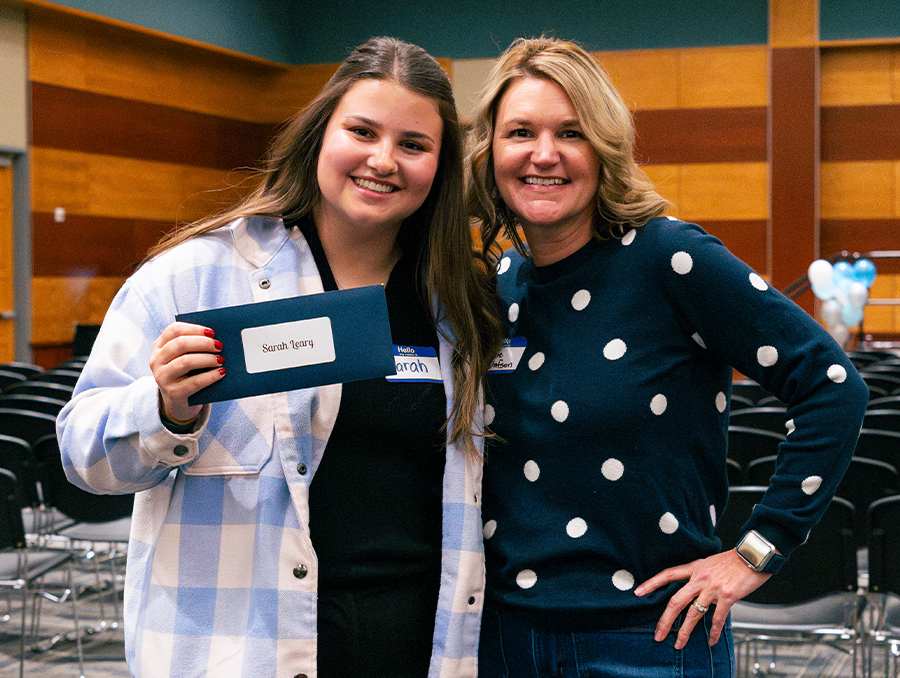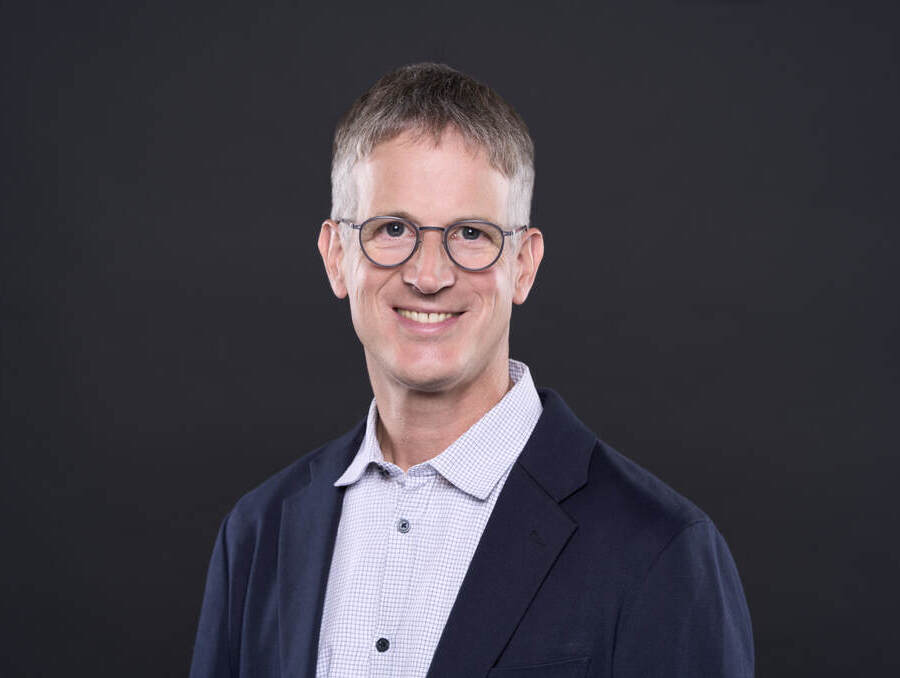When scientists, public agencies and elected officials come together Aug. 13 for the 16th annual Lake Tahoe Summit, they will again put the spotlight on what is important to protect the health of Lake Tahoe - both the environmental and economic health of the region.
"The health of the environment and the health of the economy at Tahoe are linked," Derek Kauneckis, political science professor and researcher at the University of Nevada, Reno said. "And the collaborations that have been established at the Lake have set the stage for future efforts."
The theme of the Summit, this year hosted by U.S. Sen. Dean Heller, "Public-Private Partnerships - Investing in the Future of Lake Tahoe," reflects a re-emerging realization that the environment and the economic vitality of the region are connected.
"These partnerships can both streamline the regulatory process and help to inject more science into policy making," Kauneckis said. "It's a way to find incentives for businesses to attain the goals of environmental policy. There's a closer alignment of interests in maintaining lake quality than ever before; people understand Tahoe's a vibrant place to live and play and can have a sustainable economy at the same time.
"These collaborations take many forms, and more people are looking at environmental research as a source of innovation. The new harvesting permits for crayfish are a prime example."
The Nevada Division of Wildlife recently approved permits for commercial harvesting of crayfish, an invasive species that contributes to the eutrophication and loss of biodiversity in the lake. The decision relied heavily on the findings provided by Sudeep Chandra of the University of Nevada Reno's Department of Natural Resources and Environmental Sciences and associate director of the Castle Lake Environmental Research and Education Program.
"Merging private funding with science to deliver a product welcomed by local chefs can also make a difference in removing a destructive, invasive species and improving water clarity in parts of the lake," Chandra said. "This is a great example of economic development and environmental concerns coming together."
The crawfish collaboration has received national media attention, including coverage in the San Francisco Bay Area, Sacramento, northern California as well as a New York Times article, "Crayfish to Eat, and to Clean the Water," which told the story of businessman Fred Jackson and Chandra's successful effort to persuade the State of Nevada "it would be good business" to authorize the commercial trapping of crayfish at Tahoe.
At the Lake Tahoe Summit, Chandra, also one of the country's leading invasive species experts, will give a presentation on the importance of private-public-scientific partnerships, highlighting the University of Nevada, Reno's work to establish the Tahoe crayfish harvest program as well as his work with marina owners to remove invasive plant species.
"There are a lot of lessons to be learned from Tahoe," Kauneckis said. "The crayfish is just one example. The policies and collaborations built here at Tahoe over the last 30 years are a model for similar policy efforts that are being replicated across the globe. Access to scientific information by policy makers as well as businesses, and the new approaches toward increased interaction between public and private sectors, can make policies work better and be more cost effective."
As part of the effort to bring science to policy makers, businesses and the public, the University of Nevada, Reno and Desert Research Institute publish an annual report "Tahoe: A Legacy of Research, Education and Outreach."
"The University and DRI have highly cooperative, productive and ongoing research programs across a variety of topics in the Lake Tahoe Basin that provide quality science to inform basin managers and policymakers," said Mike Collopy, assistant vice president for research and executive director of the Academy for the Environment at the University of Nevada, Reno. "Our report is a small window into the array of science and research the two institutions conduct at Lake Tahoe."
The joint report profiles 10 researchers and their Tahoe work, which includes study of wildfire areas, real-time monitoring networks, climate change, atmospheric science and invasive species. There are letters from Sen. Heller, from U.S. Sen. Harry Reid and a message from University President Marc Johnson and DRI President Steve Wells.
The report is available on the University of Nevada, Reno's Academy of the Environment website.









